With the launch of Samsung’s new line of Galaxy S series, there’s been a lot of interest on how it stack up against the king of camera phones introduced by Huawei.
The Mate20 Pro is still considered by many as the top Android phone in the market today, thanks to its beautiful design, stellar performance and impressive camera system, co-engineered by Leica.
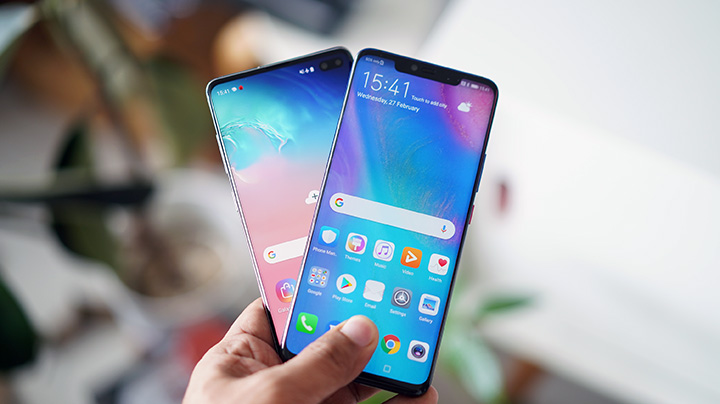
On the other hand, Samsung’s line-up is pretty strong with the Galaxy S10+ being the hero product. It now poses a challenge against the Mate20 Pro that’s been around for a few months.
In a way, this comparison might be tipped in favor of the S10+ because it has the newer model compared to the Mate20 Pro. Despite that, we’re curious if it has caught up with Huawei since our last comparison with the Note 9 (see here), the Mate20 Pro won against it by a wide margin.
So in this article, we’re going to do another hands-on comparison between Samsung’s newest Galaxy S10+ and Huawei greatest thus far – the Mate20 Pro.
Like in our previous comparisons, we break them down into several categories for this round-up:
1) Design and Build
2) Display
3) Camera
4) Processor
5) RAM
6) Storage
7) Connectivity
8) Battery Life
9) OS
10) Price
Table of Contents
Design and Build
Huawei’s Mate 20Pro can be considered among the nicest-looking smartphone in the market today. Huawei has made significant improvements in the design and build quality of the Mate 20 Pro with its full-metal chassis with glass-on-glass outer shell, a curved glass front-panel with lots of nice subtle finishes.
The Galaxy S10+ is a lot thinner at 7.8mm (compared to the 8.5mm of the Galaxy S9+), way thinner than the 8.6mm of the Mate20 Pro. It uses the typical glass on glass design of the Galaxy S series with Gorilla Glass 6 at the front and Gorilla Glass 5 at the back.

We liked the color choices and the gradient colors of the Mate20 Pro although color choices are somewhat personal although that Sapphire Blue is certainly stunning. The Galaxy S10+ is thinner and lighter though with newer Gorilla Glass protection and a notch-less design. We’re not particularly fond of the punch-hole design either.
Between the Galaxy S10+ and the Mate20 Pro, it’s quite hard to distinguish a clear winner so we’re calling it a tie in the design department. Both have a beautiful design, impeccable build quality and refinements. While the Mate20 Pro has drastically improved its build and design, the Galaxy S10+ has a more polished look compared to previous generations but there’s not really much to see there.
We’re calling this category a tie with both handset offering premium build quality, and beautiful design.
2) Display
The Mate20 Pro comes with a large 6.39″ 19.5:9 OLED with 2K+ resolution (1440 x 3120 pixels), a 538ppi pixel density, 87.9% screen-to-body ratio and HDR10 support.
The Galaxy S10+ has almost the same screen with 6.4″ Dynamic AMOLED display at 3,040 x 1,440 pixels, a 522ppi pixel density, 88.9% screen-to-body ratio, and HDR 10+ compliant.
Both use Corning’s Gorilla Glass with the Galaxy S10+ using the 6th generation at the front and Gorilla Glass 5 at the back while the Mate20 Pro only uses Gorilla Glass 5 both at the front and back.
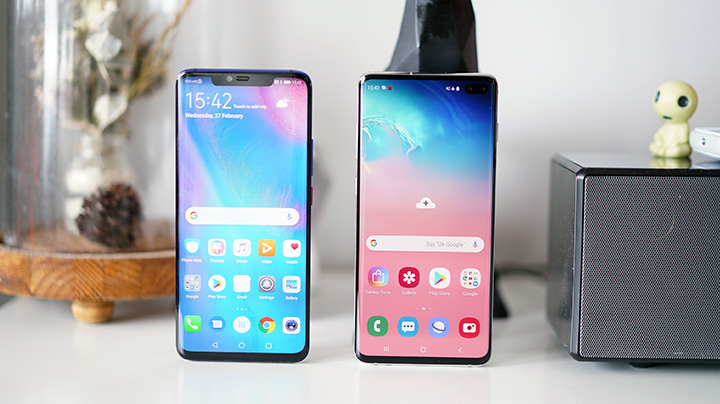
Both OLED displays look equally gorgeous, bright and crisp. The Mate20 Pro has a slightly higher pixel density and screen-to-body ratio but the notch somewhat reduces the number of usable pixels but there’s a fix for that in the Display Settings. Same goes with the punch-hole design of the Galaxy S10+ although they did a good job at hiding it.
Both the Mate20 Pro and the S10+ have in-display fingerprint sensor though the latter uses a more sophisticated one.
It’s a pretty close call but the HDR10+ display of the S10+ gets additional brownie points for us. The use of Gorilla Glass 6 is also another convincing factor so this category goes to Samsung.
Camera
Huawei has been known to push the boundaries of mobile photography, thanks to its Leica triple-camera system.
The Mate20 Pro is composed of 3 fully-functioning cameras – a 40-megapixel sensor with wide-angle lens and an f/1.8 aperture, a secondary 20-megapixel sensor with ultra-wide angle lens with f/2.2 aperture, and a 3rd 8MP sensor with telephoto lens and f/2.4 aperture.

The main camera has optical image stabilization while the two other have AI Stabilization for better accuracy and fast-focusing shots.
The Galaxy S10+ also features a triple camera system at the rear. The main camera is a 12 MP, f/1.5-2.4, 26mm (wide), another 12 MP, f/2.4, 52mm for telephoto (2x optical zoom) and the 3rd one is a 16 MP, f/2.2, 12mm for ultra-wide shots.
The Galaxy S10+ also has optical image stabilization and 2x zoom. The Mate20 Pro easily beats the S10+ with its impressive 10x zoom capability (5x hybrid zoom), a feat that’s hard to match.

In terms of the Selfie camera, the S10+ edged out the Mate20 Pro with its dual front cameras with the second one being a depth sensor. The colors are more accurate and details are more prominent.
Taking all things into consideration, it’s hard to pick which one is the better one. Each has its own strengths and weaknesses. The Mate20 Pro is better in low-light or night shots and has better optical zoom while the S10+ got video recording way better.
The rest of the differences are pretty much personal preferences. We’re calling this category a tie between the two.
Chipset
Huawei’s Kirin 980 chipset is one of the most powerful in the market. It uses the latest 7nm chip, the world’s first among Android phones.
Samsung also uses its own chip, the newly announced Exynos 9820 Octa, fabricated using the 8nm process. This is composed of a dual 4th-generation Mongoose 2.74GHz custom processor, a dual Cortex-A75 2.31GHz and a quad Cortex-A55 1.95GHz. In the US and China though, they are using a Snapdragon 855 chip.

On the other hand, the HiSilicon Kirin 980 is composed of an octa-core processor with a dual-core Cortex A76 2.6GHz, dual-core Cortex A76 1.92GHz, and a quad-core Cortex A55 1.8GHz.
Even their Mali-76 GPU are almost the same, the S10+ has an MP12 while the Mate20 Pro only has an MP10.
The Exynos 9820 of the Samsung Galaxy S10+ wins over the Kirin 980 of the Mate20 Pro in this round.
RAM
Since the original release of the Mate20 Pro, you get two options for RAM capacity – one is 6GB for the base model and 8GB for the top variant.
Contrary to previous trends, Samsung is now pushing for so much more memory in its flagship phones so this time around, they cranked up the numbers starting with 8GB RAM for the base model. There is a Limited Edition model that comes with a whopping 12GB of RAM, the highest in the market so far.
The Galaxy S10+ wins this category with 8GB vs. the 6GB of the Mate20 Pro.
Storage
The Huawei Mate 20 Pro, storage option starts at 128GB with an option for a 256GB variant.
The Galaxy S10+ comes in 3 storage options with the base variant having 128GB and a larger 512GB model. There’s also the Limited Edition 1TB storage, the biggest in the industry.
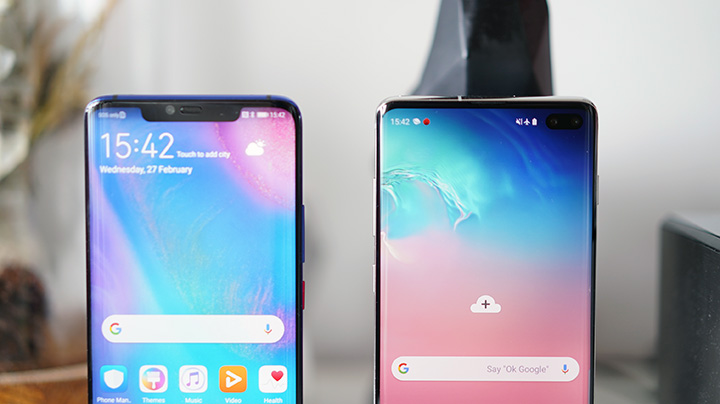
Expansion slots are available for both with the Mate20 Pro able to accommodate 256GB more via an NM card and the Galaxy S10+ can add 512GB more via a microSD card.
However, in this comparison, we are sticking with the base models so the Mate 20 Pro’s 128GB storage is again tied with the Galaxy S10+.
Connectivity
Connectivity is one aspect of any smartphone that’s not often discussed nor highlighted but is very important. Connectivity features include the LTE modem, WiFi, Bluetooth, NFC, and GPS.
The Mate 20 Pro has a suite of connectivity options. It’s got a dual-LTE modem that’s the fastest in the world (Cat. 21 up to 1.4Gbps). It’s also got dual GPS that makes it faster to connect and much more accurate than any other smartphone, even in densely populated areas with lots of high-rise buildings.
The Galaxy S10+ has an equally complete set of connectivity options, from dual-LTE SIM, fast WiFi, Bluetooth, NFC and GPS. Same goes with the dual GPS feature.
Battery Life
When considering battery performance, we look at battery capacity, battery life, charging time and other battery-related features.
The Galaxy S10+ comes with a built-in 4,100mAh Li-ion battery while the Mate20 Pro has a larger capacity at 4,200mAh.
Both have fast charging and wireless charging capability but the Mate 20 Pro is faster at 70% within 30 minutes compared to the 15W quick charging on the Galaxy S10+. The former has a 40W charging capability.
As for battery life, we tested the Mate20 Pro managed to last 23 hours and 30 minutes of video playback on a single full charge. On the other hand, the Galaxy S10+ lasts about 21 hours and 20 minutes on video loop at full charge.
Both the Mate20 Pro and the Galaxy S10+ have reverse wireless charging. This means you can actually wirelessly charge the Galaxy S10+ with the Mate 20 Pro and vice-versa.
Huawei has been known to put a lot of stock in their smartphone batteries since time immemorial. They did not disappoint with the Mate20 Pro when it came out and it continues to dominate in that category.
For this section, the Mate20 Pro wins over the S10+ in terms of battery life and especially with charging times. Samsung still needs to catch up with Huawei in that department.
OS
In the OS department, the Galaxy S10+ comes pre-installed with Android 9.0 while the Mate 20 Pro also has Google’s latest Android 9.0 Pie.
Both have their own UI and custom screens, are intuitive and functional, although that part we leave to the individual user’s preference. The Galaxy S10+ and Mate20 Pro are tied in this category.
Price
The Samsung Galaxy S10+ will retail for Php54,990 for the 6GB/128GB variant while the Huawei Mate 20 Pro sells for Php49,990 for the same variant of 6GB/128GB.
The price difference between the two is still quite significant and the Mate20 Pro wins this round.

It’s a close fight.
All things considered, the Mate20 Pro did a good job at standing up for the newest challenger from Samsung. Still, the Galaxy S10+ won over the Mate20 Pro by a hair.
That’s despite the fact that the Mate20 Pro has been around for several months and newer technologies have been used since its release, a fact that Samsung took advantage of.

Both smartphones are of equal flagship caliber with each one trying to outdo the other as better technologies are introduced. By the end of this month, Huawei will be revealing the Huawei P30 series and we’re pretty interested how it stacks up against other flagship phones in the market.
If all the rumors and leaks we’ve seen so far are true, then that 10x superzoom is going to be pretty stoked. That’s something to watch out for as well.







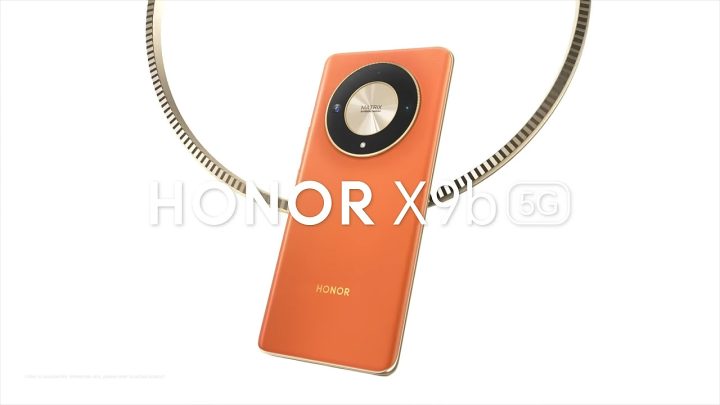
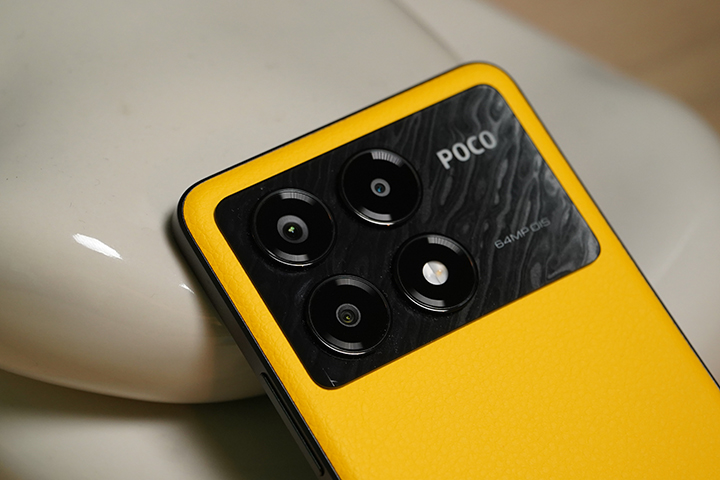



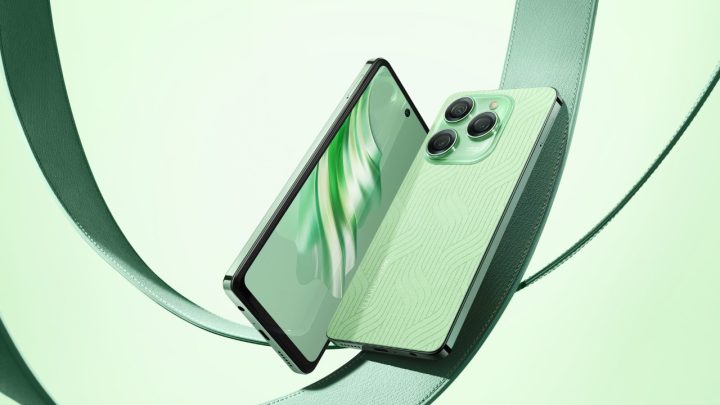
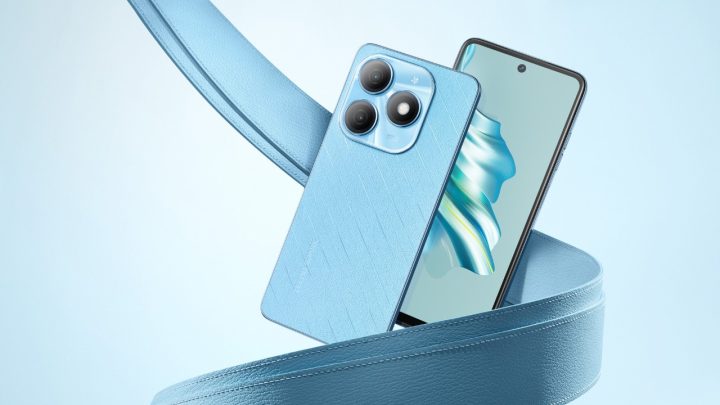

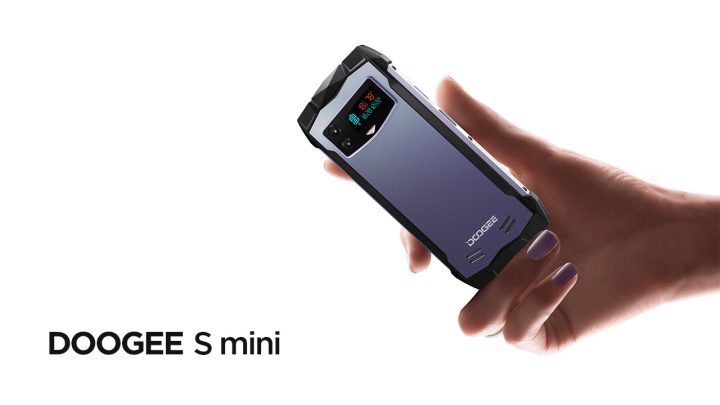













Like duh!!! are fucking serious, huawei is too lame compared to samsung..
edit this article that the s10 has a larger screen-to-body ratio
Also yung RAM. S10 and S10+ 8gb yung RAM. S10e yung 6gb.
Mate 20 pro’s 5x zoom is not purely optical, it is actually 3x optical zoom and only becomes 5x when enhanced digitally.
I’ve seen a real-time battery test conducted by mrwhsetheboss on youtube and Galaxy s10+ was the winner among other phones which included mate 20 pro and iphone xs max.
The S10+ camera got a score of 109 is DxoMark tied with P20 pro and Mate 20 pro.